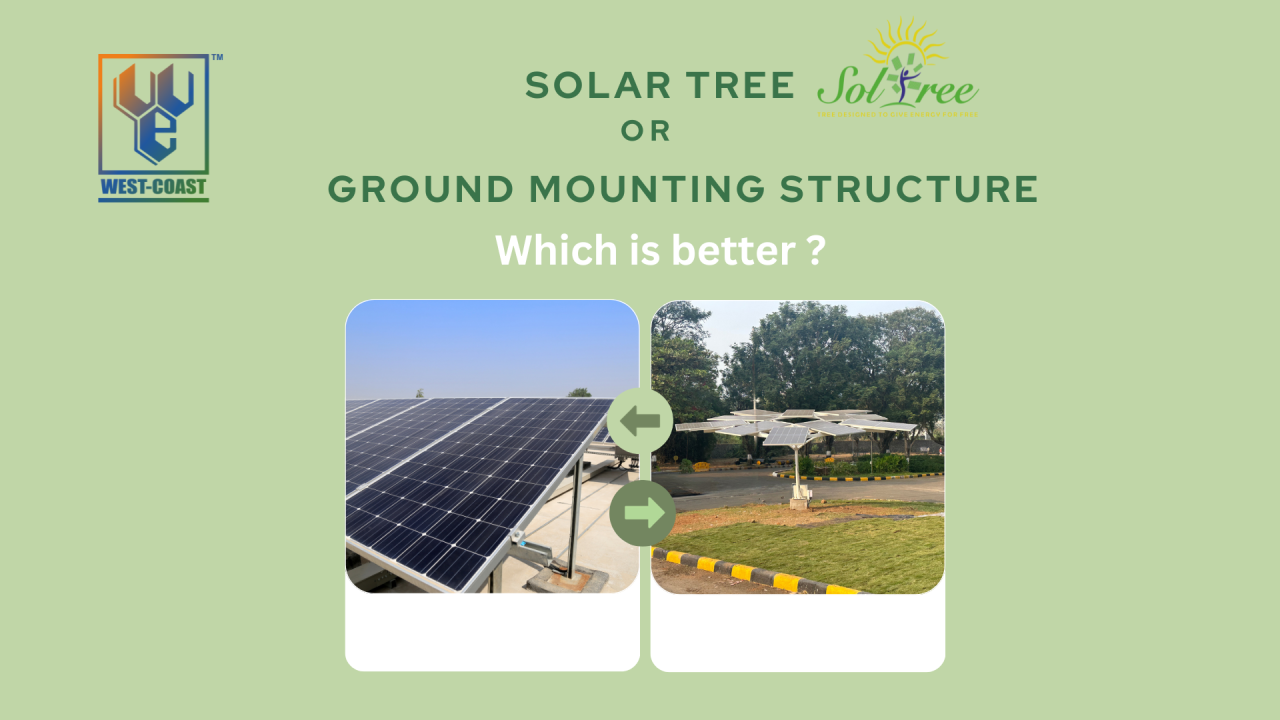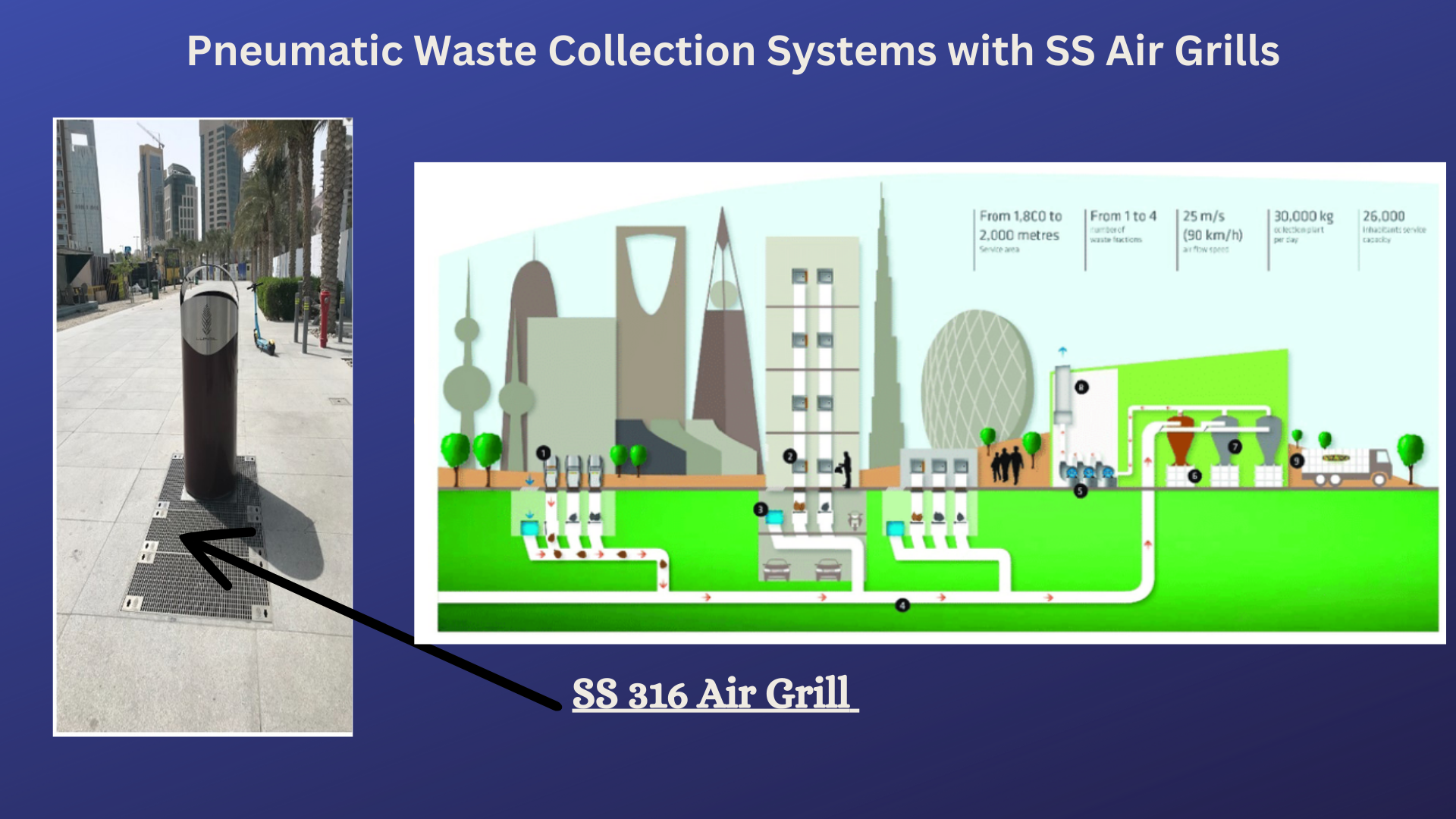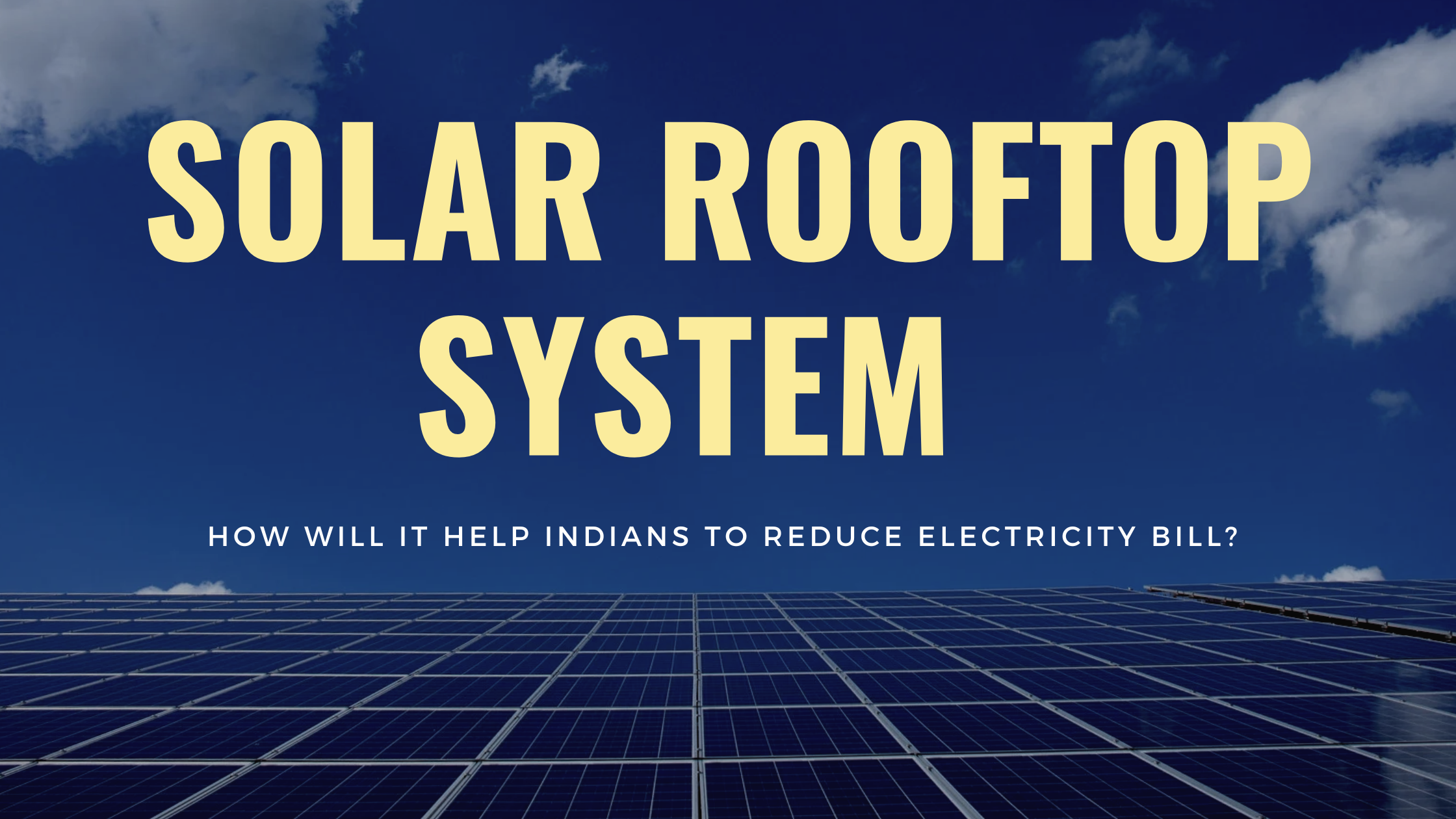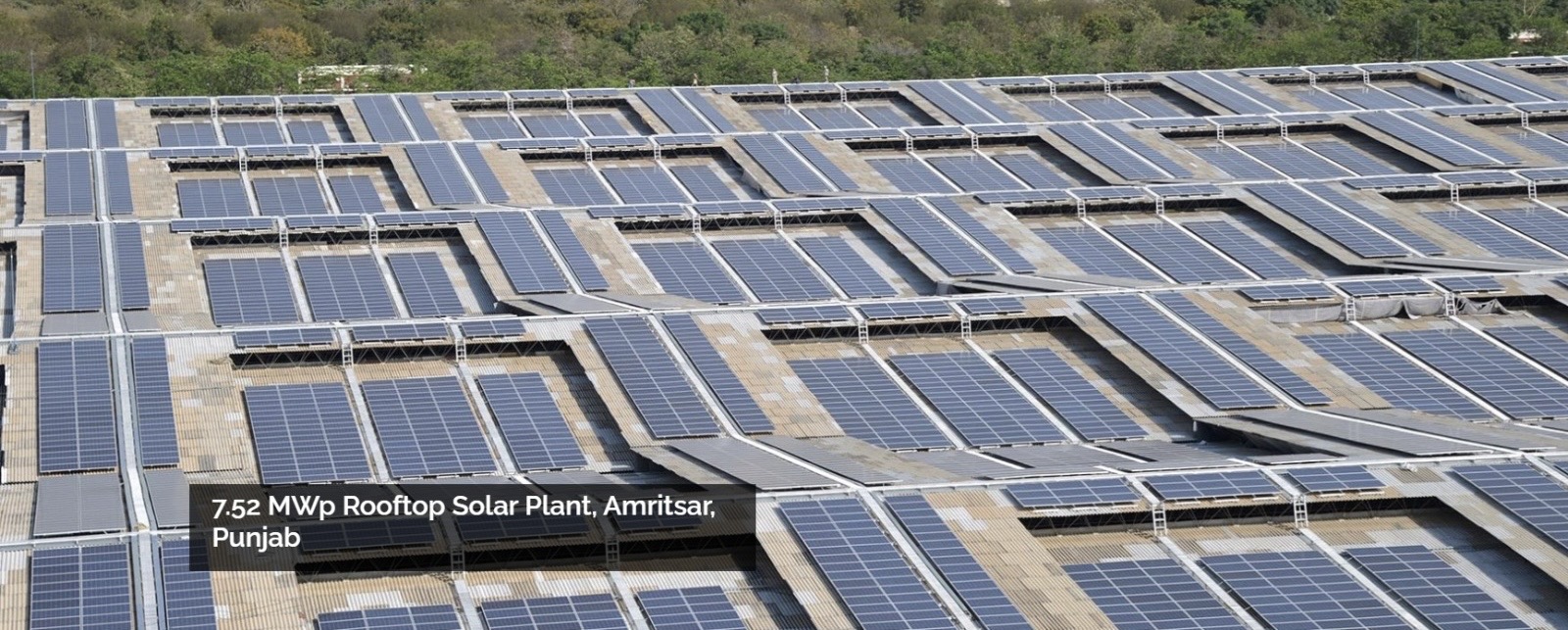As the world seeks sustainable energy sources, solar power stands tall as a beacon of hope. In the quest to harness sunlight efficiently, two innovative approaches have emerged: Solar Trees and Ground Mounting Structures (Conventional Solar Parks). But which one holds the key to a greener future?
Let’s delve into the captivating showdown between these eco-friendly contenders.
Land Usage:
Solar Trees take the lead by requiring a negligible portion of land compared to their conventional counterparts. Their adaptability to unused areas like expressways, highways, and airports showcases a creative utilization of space, minimizing land acquisition costs and avoiding the need for extensive land clearing. On the other hand, Ground Mounting Structures demand larger contours of land, necessitating land levelling, clearing, and dedicated space, increasing development costs and land acquisition expenses.
Cost Efficiency:
While Solar Trees boast a simpler design that reduces project costs by considering land requirements, Ground Mounting Structures (Conventional Solar Parks) tend to be more expensive due to higher land acquisition costs stemming from their straightforward design.
Project Infrastructure:
Solar Trees stand out for their sophisticated structure design, which not only functions efficiently but also offers the potential for aesthetic enhancement. Conversely, Ground Mounting Structures maintain a simple design without much room for improvement.
Solar Absorption:
The efficiency of Solar Trees shines through with their ability to absorb more irradiance per square meter compared to Conventional Solar Parks. This enhanced absorption potentially translates to increased energy production.
Power Evacuation:
A notable advantage of Solar Trees lies in their ability to evacuate power conveniently along highways, reaching small villages, agricultural feeders, EV charging stations, railway substations, and industries en route. Ground Mounting Structures, however, require dedicated substations for power evacuation, making their infrastructure more complex.
Conclusion:
In the ultimate clash between these green giants, Solar Trees emerge as innovative, space-saving, aesthetically pleasing, and cost-effective alternatives to traditional Ground Mounting Structures (Conventional Solar Parks). Their adaptability to diverse locations and enhanced efficiency in power evacuation make them a frontrunner in the race towards sustainable energy solutions. Whether casting shade beneath Solar Trees or basking in the efficiency of Ground Mounting Structures (Conventional Solar Parks), the choice ultimately lies in embracing renewable energy’s promise and taking a step closer to a brighter, greener future.







